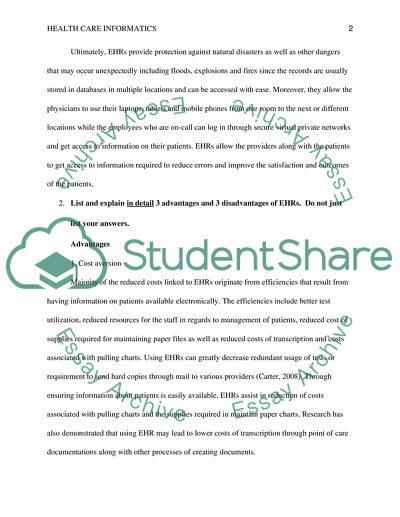Cite this document
(“Health Care Informatics - Electronic Health Records Essay”, n.d.)
Health Care Informatics - Electronic Health Records Essay. Retrieved from https://studentshare.org/information-technology/1700336-health-care-informatics-electronic-health-records
Health Care Informatics - Electronic Health Records Essay. Retrieved from https://studentshare.org/information-technology/1700336-health-care-informatics-electronic-health-records
(Health Care Informatics - Electronic Health Records Essay)
Health Care Informatics - Electronic Health Records Essay. https://studentshare.org/information-technology/1700336-health-care-informatics-electronic-health-records.
Health Care Informatics - Electronic Health Records Essay. https://studentshare.org/information-technology/1700336-health-care-informatics-electronic-health-records.
“Health Care Informatics - Electronic Health Records Essay”, n.d. https://studentshare.org/information-technology/1700336-health-care-informatics-electronic-health-records.


